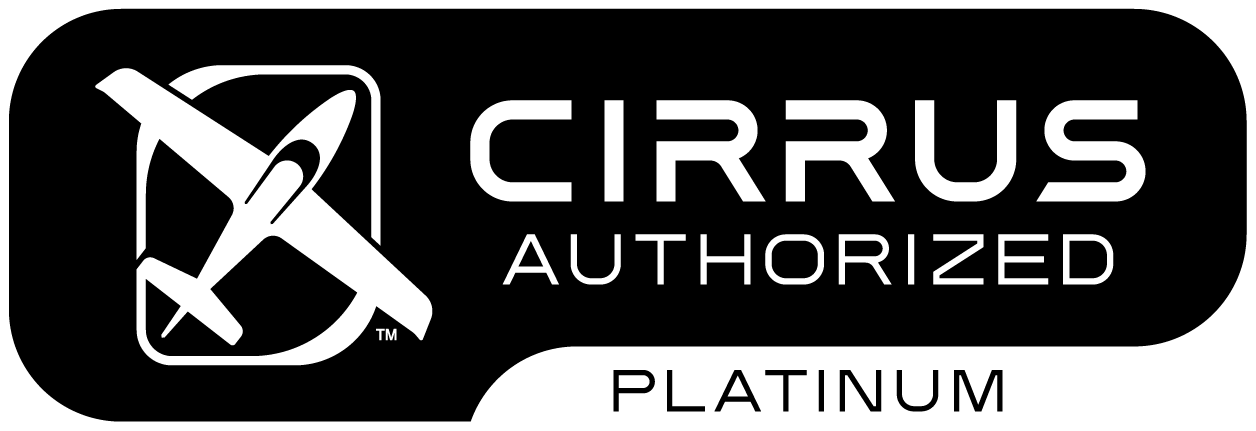What does it take to get your instrument rating? And what can you expect during the training and certification process?
Here’s an overview of what you need to know.

Minimum requirements:
To be eligible for an instrument rating, you must already hold a private pilot license or higher. You must also have a current medical certificate and at least 50 hours of cross-country flight time, including at least 40 hours of instrument time and 15 hours of instrument flight instruction.

Training programs:
To get your instrument rating, you’ll need to complete a training program at a flight school or training center. These programs typically include both classroom instruction and flight training, and they are designed to provide you with the knowledge and skills you need to pass the certification exams and become a proficient instrument pilot.

Certification exams:


